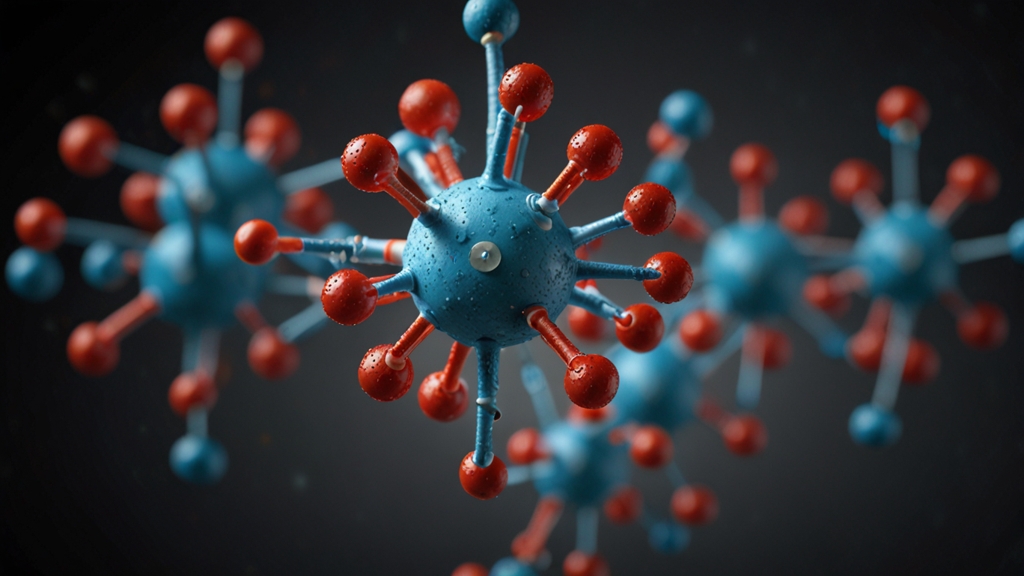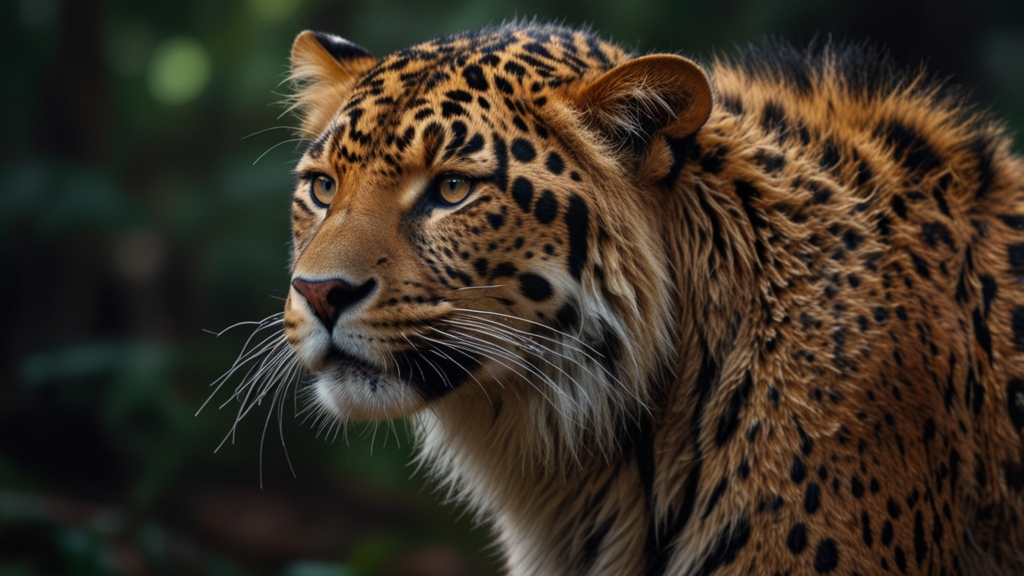Tiny Titans: The Fascinating Life of the Ocean's Smallest Creatures
The ocean, a vast and mysterious body of saltwater, covers more than 70% of our planet's surface and is home to an astonishing array of life forms. While the larger inhabitants, such as whales and sharks, often steal the spotlight, it is the ocean's smallest creatures that play some of the most crucial roles in sustaining life on Earth. These tiny titans, although minuscule in size, have an outsized impact on the marine ecosystem and our planet as a whole.
The Unsung Heroes: Plankton
Among the smallest organisms in the ocean are plankton, which include both phytoplankton (plant-like) and zooplankton (animal-like). Phytoplankton are microscopic plants that float near the ocean's surface and perform photosynthesis, converting sunlight and carbon dioxide into oxygen and organic matter. This process not only produces a significant portion of the Earth's oxygen but also forms the base of the marine food web.
"Phytoplankton are responsible for producing at least 50% of the oxygen we breathe." - National Oceanic and Atmospheric Administration (NOAA)
Zooplankton, on the other hand, are small animals that feed on phytoplankton and other tiny organisms. These include copepods, krill, and the larvae of larger marine animals. Zooplankton serve as a crucial link in the marine food chain, providing sustenance for larger predators like fish, whales, and seabirds.
Minuscule Architects: Foraminifera and Radiolarians
Foraminifera and radiolarians are single-celled protists, often less than a millimeter in size, yet they play a significant role in the marine environment. Foraminifera have intricate calcium carbonate shells that, when they die, contribute to the sediment on the ocean floor, eventually forming limestone and chalk deposits.
Radiolarians, with their delicate silica-based skeletons, also contribute to marine sediment upon their death. These organisms are essential for the ocean's nutrient cycle and help maintain the chemical balance critical for marine life.
Microbes: The Ocean’s Hidden Powerhouses
Marine microbes, including bacteria and archaea, are incredibly diverse and abundant, and they perform vital functions that support the entire oceanic ecosystem. These microorganisms are involved in nutrient cycling, breaking down organic matter, and even in the process of chemosynthesis—creating organic compounds using energy derived from inorganic substances instead of sunlight.
"Marine microbes are among the most diverse and important organisms on the planet, yet we’ve only begun to understand their complexity and significance." - Dr. Samantha Joye, Marine Scientist
Some bacteria found in deep-sea hydrothermal vents, for example, thrive in extremely harsh conditions and can fix carbon in the absence of sunlight. These chemosynthetic bacteria form the basis of unique ecosystems that challenge our understanding of life on Earth.
Challenges and Conservation
Despite their critical importance, the survival of many of these tiny titans is threatened by human activities. Climate change, ocean acidification, pollution, and overfishing all pose serious risks to these microscopic marvels. Rising ocean temperatures can lead to shifts in plankton distribution, affecting the entire marine food web, while acidification can harm organisms with calcium carbonate shells.
Efforts to conserve these organisms are complex due to their size and the vastness of their habitat. However, initiatives such as reducing carbon emissions, protecting marine habitats, and minimizing pollution can help preserve these essential creatures. Continued research and monitoring are also critical for understanding their roles and ensuring their survival.
Conclusion
The ocean’s smallest creatures, though often overlooked, are nothing short of incredible. From producing oxygen and forming the base of the marine food chain to cycling nutrients and shaping the ocean floor, these tiny titans are indispensable to the health of our planet. By recognizing their significance and taking steps to protect them, we can ensure that these fascinating organisms continue to thrive, sustaining life in the ocean and beyond.
"We must remember that the small things in the ocean are responsible for some of the biggest functions on Earth." - Sylvia Earle, Marine Biologist







